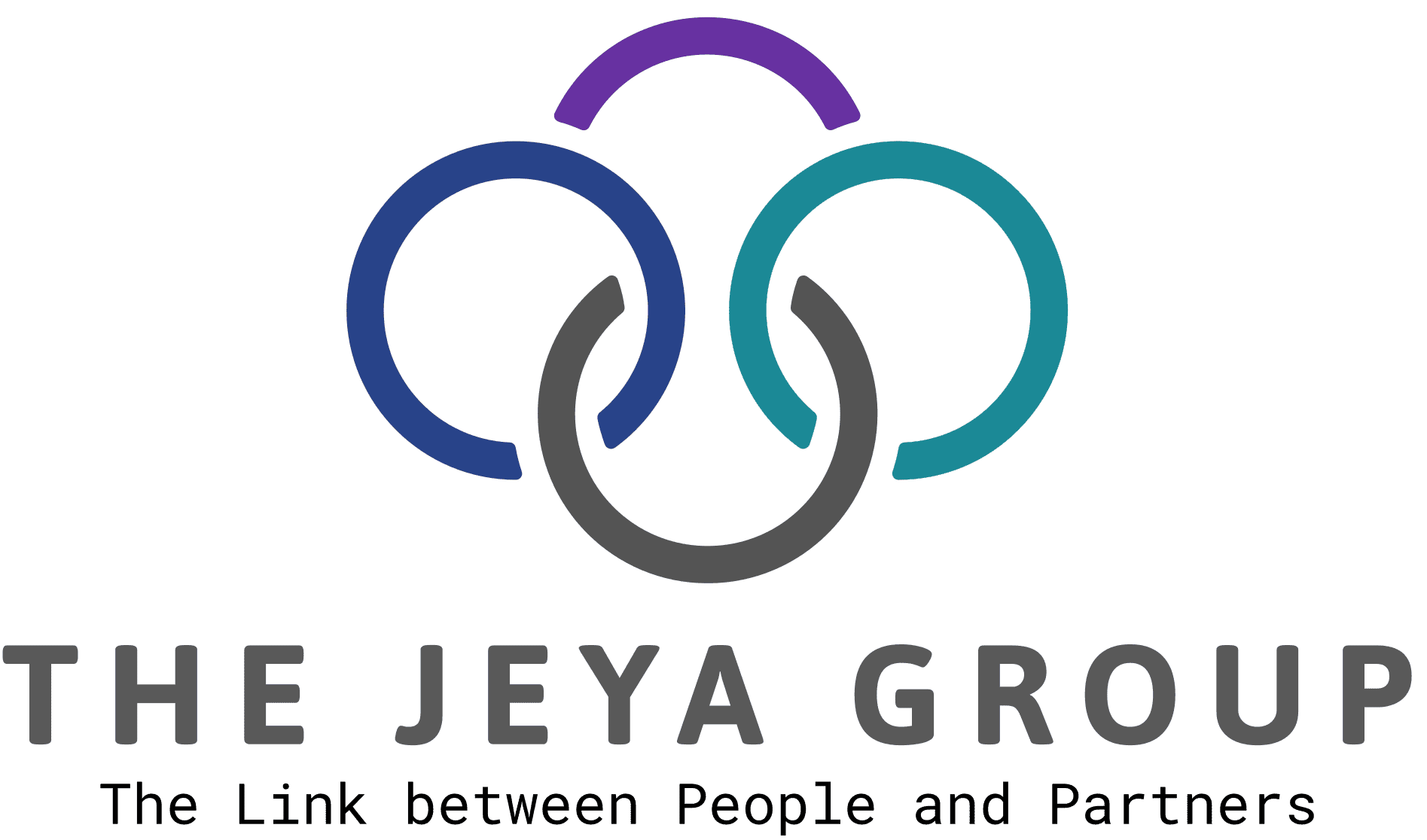
Think about the last thing you said. It could be anything — asking a coworker what they’re eating or answering a phone call from your mother. If seven words from that conversation were isolated in audio and presented to a roomful of strangers, research shows that participants in that room will likely be able to guess your income level. From just seven words.
If a person’s social status can be assumed from just a pinprick of data, imagine the number of judgment calls that can be made about someone from a resume or an in-person interview. It’s no wonder that bias sets in early during the recruitment process. And it’s no wonder that, as a result of early bias, so many companies look eerily similar, consisting of people who look alike, think alike, and have similar backgrounds.
That homogeneity is ultimately detrimental to both the business and to society as a whole. Think of what happens when a homogenous group produces AI algorithms meant to predict the likelihood of a particular crime: Unsurprisingly, the algorithm favors those who look like its creators. Or consider the Supreme Court’s tendency to favor the rich and the powerful. It’s abundantly clear that everyone suffers when diversity is an afterthought.
What diversity really looks like
Too often, company diversity is judged by what can be seen in a photo. Yes, it’s important to have a broad representation of different genders, races, and ages. But diversity goes well beyond the surface. Your company should also have a range of backgrounds, including various education and socioeconomic levels, and people who have been impacted by our social justice system, who we refer to as fair chance talent.
It’s also not enough to assume you have a diverse workforce: you’ll need to actually gather information about your current workforce to identify the characteristics that lack representation. Data holds the answer to your true diversity. And once you understand where your diversity is lacking, you can begin to hire differently.
Hiring diversity in practice
One organization has been particularly helpful at demonstrating what actively hiring for diversity looks like: The NFL. In 2003, the NFL adopted a league policy, called the Rooney Role, that requires teams to interview minority candidates for head coaching positions.
At Checkr, we’ve borrowed from the NFL and implemented an expanded version of the rule, which we call the Rooney Rule+. It requires that at least two candidates who fit our predetermined diverse candidate pools — which for us, means gender diversity and underrepresented groups, but could mean something else at your company — must be interviewed before a hiring manager can extend an offer. In addition to this requirement, we also follow these important guidelines. First, we don’t pressure hiring managers to make a decision. Part of hiring the best employees means allowing hiring managers the time and autonomy to follow their own expertise. Second, like most companies, we hire for both a role and culture match. Third, we are open to many candidate pools, and as fair chance employers, we actively seek candidates with criminal backgrounds.
As a result, we’ve been able to grow our diversity numbers across the board and have worked to incorporate differing perspectives and voices into the culture of the organization. We’d love to challenge your company to implement a similar hiring strategy. Make diversity not just a nice idea, but a company initiative fully supported by executives. This will certainly be a challenge, but a challenge that will pay off. As you think about making changes, here are a few suggestions on how to get started.
How to truly diversify hiring
Imagine if bias were codified.
It’s almost unfathomable in the modern workplace. But bias is codified in workplaces when it comes to one specific group: those whose histories have been impacted by the criminal justice system.
Diversity by its very nature can’t discriminate against a particular group. And yet, time and time again, employers allow their bias to impact hiring applicants with criminal records. That excludes a massive swath of our society from the hiring pool and is ultimately detrimental to both innovation and to our communities. Consider, for instance, that 88% of the 8.2 million arrests occurring between 2001–2010 were for possession of marijuana. Surely marijuana possession shouldn’t be enough to render someone unemployable for the rest of their life.
Everyone, regardless of background, has the right to be fairly assessed for a role they’re qualified for. To demonstrate this same belief at your company, we recommend following these guidelines:
- Get buy-in at the executive level before beginning to implement diversity initiatives, otherwise progress will flounder.
- Consider removing years of experience and education requirements from job descriptions.
- Make the move to a skills-based interview process. Focus less on tenure and focus more on strengths.
- We hire for strengths, not for a lack of deficiencies.
- Consider adding day-to-day skills to your hiring process.
- Train and engage your recruiters and hiring managers on fair chance hiring practices.
Creating a culture of belonging
Diversity does little good if your employees can’t bring their whole selves to work. By making inclusion and belonging hallmarks of your company culture, you can help employees feel valued and welcome. But there’s no way to improve if you don’t know where you currently stand, so we recommend setting a baseline for where you are from an inclusion or belonging standpoint. That baseline will require that you work with your team to poll employees, garner feedback, and truly understand how the culture is. Once you have a better understanding of where you are, you can find ways to come together. Here are some best practices we’ve adopted, along with recommendations for your team:
Interview process
We’ve gone to great lengths to ensure our interview process is fair and welcoming to candidates. That includes making sure each and every interview panel is diverse and well-equipped to ask the right questions. We’ve also weaved our core values into the interview process — all panelists are given a set of core value questions to ask and discuss.
Recommendation: Take a look at your current interview process and test to see how fair and welcoming it is. How diverse are your panels? How do you test for a good culture match? Ask for feedback and improve based on the information you’ve gathered.
Weeklong onboarding
We understand how challenging navigating a new role can be, which is why we host a weeklong onboarding program for all our new employees. During this week, new employees gain a strong understanding of our industry, the different departments, our leadership team, internal tools and processes, and how their individual role plays a role in driving our mission.
Recommendation: Document your onboarding process and evolve it periodically. It should include not only an initial weeklong program, but also touchpoints for the next 1–2 years.
All-hands meetings
Internal communication is crucial for creating a culture where everyone understands the goals of the company and feels like they can share their opinions and viewpoints openly and honestly. To ensure transparency and maintain that communication, we host bi-weekly all-hands meetings, which are an opportunity for all departments to share updates, important news and ask for feedback and questions.
Recommendation: Make inclusivity a hallmark of your all-hands meetings. These should be active forums, not just passive gatherings. Challenge each member of your all-hands meeting to contribute.
Trainings and career development
In the last few years, we’ve launched interview training for the entire company on the foundations for behavioral interviewing. We’ve also introduced a training dedicated to the responsibilities of being a hiring manager, with further reinforcement around the importance of diversity and sourcing
Recommendation: Provide extra funds to each employee earmarked for additional training. This could be a class at a community college or an online certification.
In your quest to unlock innovation, decrease turnover rates, and create a truly diverse work community, it’s vital to make inclusivity a core of your business values. Without it, valuable members of your team may feel alienated and stifled.
If bias begins at just seven words, then let’s begin dismantling bias now, in the silence before speaking. And sure, we may not ever be able to erase it entirely from human nature, but we can at least work to eliminate it from our hiring practices. What we’ll see are solutions fueled by different backgrounds and different viewpoints and team members who discover a new appreciation for the uniqueness of their coworkers.
By Margie Lee-Johnson, VP of People at Checkr.







